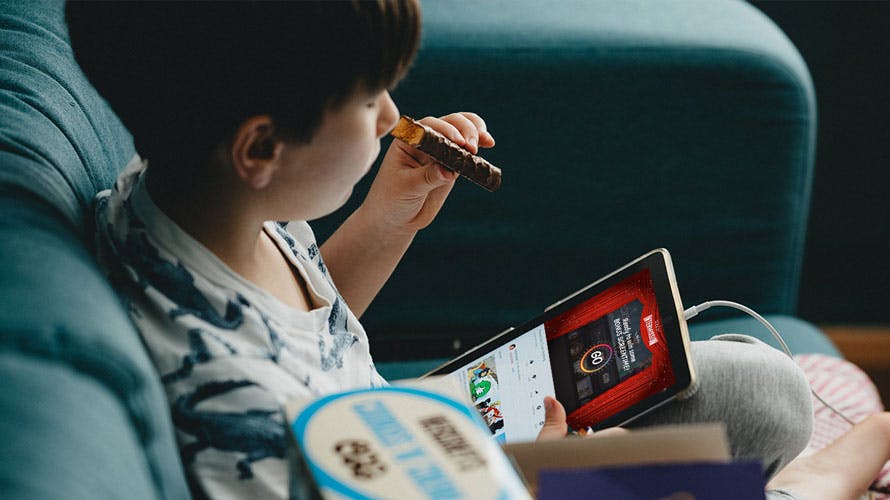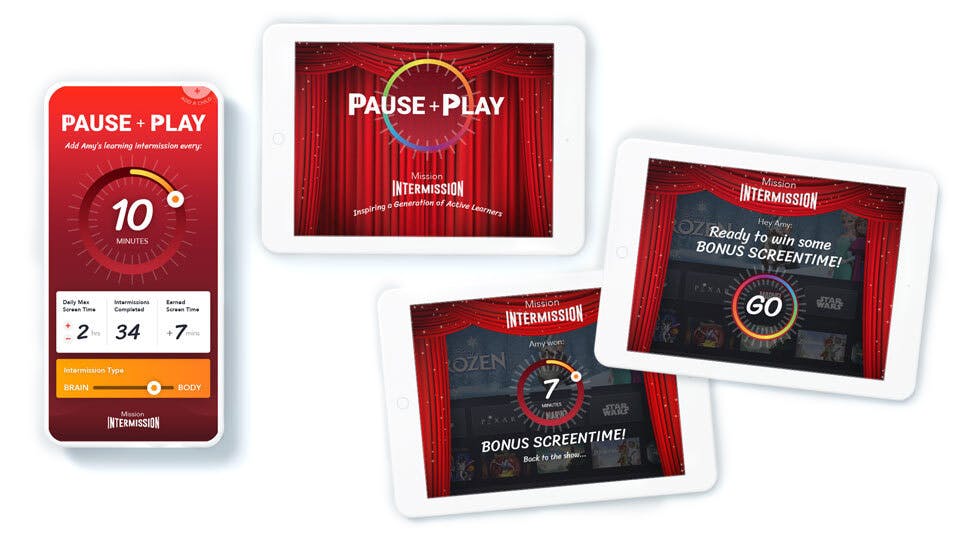When it Comes to Kids and Binge Watching, is it Time for More Conscious Streaming?

I get it. I love streaming the amazing quality shows that are being produced these days. And sometimes, when a show like The Mandalorian pulls me in and holds me tight and that “next episode” button sings its siren song, I suddenly find myself at 2am wondering who I have become.
So when I am in a battle royal with my six-year-old daughter about shutting down the ol’ Chromebook before the next episode involving some version of problem-solving colorful, cooperative, diverse, adventuring unicorns, I do have some sympathy. But what if I could harness her fierce resolve / addictive tantrum for good? What if I could find a Faustian bargain that could relieve some of my parental guilt and perhaps replace some of those brain cells that the blue light is dissolving into oblivion (this science I learned from my mother from the days when TVs had tubes)?
A 2020 report from Common Sense Media found that kids aged 5-8 spent an average of 3 hours on screens every day with 73% of that time viewing video (pre-pandemic, mind you). And there’s ample research that shows that excessive gaming, social media use, and digital multitasking can have negative impacts on children’s and teens’ mental health. Here are a couple of ideas for how we might build some more positive behaviors around this dynamic using digital tools.
“Mission Intermission”
What if I, as a parent, could put my daughter’s media account into some sort of “education mode?” With this setting on, perhaps in order to unlock the tantalizing “next episode,” she has to complete some interactive learning exercises (let’s tell her they are “games.”) Let’s say for each 20-minute episode, she has to do 10 minutes of active learning. So instead of cranking through 3 episodes in an hour, she might spend a third of that time on something a little more redeeming. Sort of like mining BitCoin, but instead, kids are mining streaming time. The exercise could be powered by an adaptive learning framework like Khan Academy Kids or even contain characters from the shows she’s watching to stay in the same narrative soup.

The carrot and the stick
Another function I have fantasized about is a way to easily monitor and control screen time minutes. What if, as a parent, I had an app in which I could set the minutes my daughter could watch every day. And then I could easily add or subtract minutes as forms of incentives and disincentives.
For example, I could set her daily ration of visual brain sugar at 40 minutes. But then, if she did something helpful (like the proverbial “take out the trash,”) I could easily add 5 or 10 minutes. Conversely, if she grabbed her sister’s stuffed goat without asking and unleashed a torrent of 4-year-old rage, I could dock 10 minutes (or 20!) My wife and I could share the account, we could see some sort of dashboard. Perhaps minutes could be traded amongst siblings, like cigarettes in prison. Of course you may have to buy into one streaming platform that offered this or create some industry-wide standards to track and enforce minutes. All technically doable, should the power that be also be willing.
Given some of the negative long-term effects we are seeing with overuse of streaming with kids, it’s time to explore some creative approaches. Just don’t let my wife use this tech on me.



